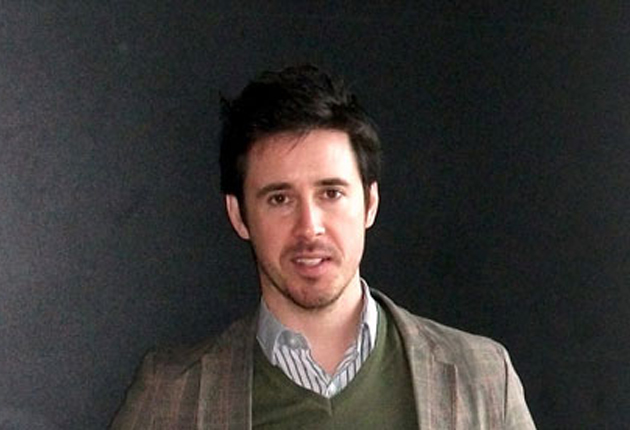East London as a creative cluster
Tom Fleming
If you came to this part of London 20 years ago, it would have been a very different place to what you see today. It was one of the poorest parts of London for many many years. Most of the shops were closed or closing down. It was a place of degradation: closed textile and other factories. London’s docks, which are just 5 km away, were also closing down and dillapidated. The area was a symbol of the economic decline of London and the UK. If you walk around East London today, you see the area is absolutely on the up again. This is because of the small creative bussineses. They moved into this area when no one else was interested in it. They were the first to see the opportunity to change the place. It was affordable and quite evocative historically. Lots of different immigrant communities settled here at different points in time and created a very distinctive sense of place. The creative ventures started to grow in size, confidence and complexity. The reason for that is that there were significant clusters of buildings where they came together. And they came together here because the rents were low. Once here they started to develop projects together, they used the area almost like a canvas to develop ideas and different projects. What we had here 20 years ago was individual artists working in visual or performing art, and very small micro businesses. What we have here today are some of the biggest advertising companies in the world, some of the largest media and software companies. A lot of artists are still here and many say they are being squeezed out because of the steeply rising rents.
Together they make up an ecology of creativity which is driving the wider economy. Through the power of creative businesses this area has been transformed physically and economically. For example on a Sunday this is one of the most vibrant parts of London, there are street markets selling the products and services of the creative businesses. There is a great night time economy, bars, clubs, restaurants, etc, driven by the micro as well as the bigger creative businesses.
Because of the shared area and shared spaces, we see individuals, organisations and businesses working together and developing projects together. Someone from the visual arts is working with someone from design, someone from music with someone from fashion, etc. That’s when we start seeing innovation happening.
Related fights
- Regeneration of the Jakominiviertel in Graz
- Regeneration of Bristol’s docks
- Rotterdam’s cultural policies and their impact
- East London as a creative cluster
- Beyond the creative industries
- Large cities vs Smaller towns
- Turkish wedding businesses revitalised the city
- Zollverein mine
- Creating the city
- Urban planning in Helsinki
- Downside of gentrification
- Haushalten brought new energy into the city
- Regeneration of Karlheinestrasse
More fights by Tom Fleming
- Concept of Creative Industries
- East London as a creative cluster
- East London festivals
- Supporting the growth of Creative Industries
- Two pillars of good policy
- Pressure of gentrification
- Role of the Tower Hamlets local authority
- Role of the UK Government
- Creative Industries and the financial crisis
- Creative Industries and the ECOC projects
- Large cities vs Smaller towns

Tom Fleming
Director of Tom Fleming Creative Consultancy in East London, United Kingdom
Full biography